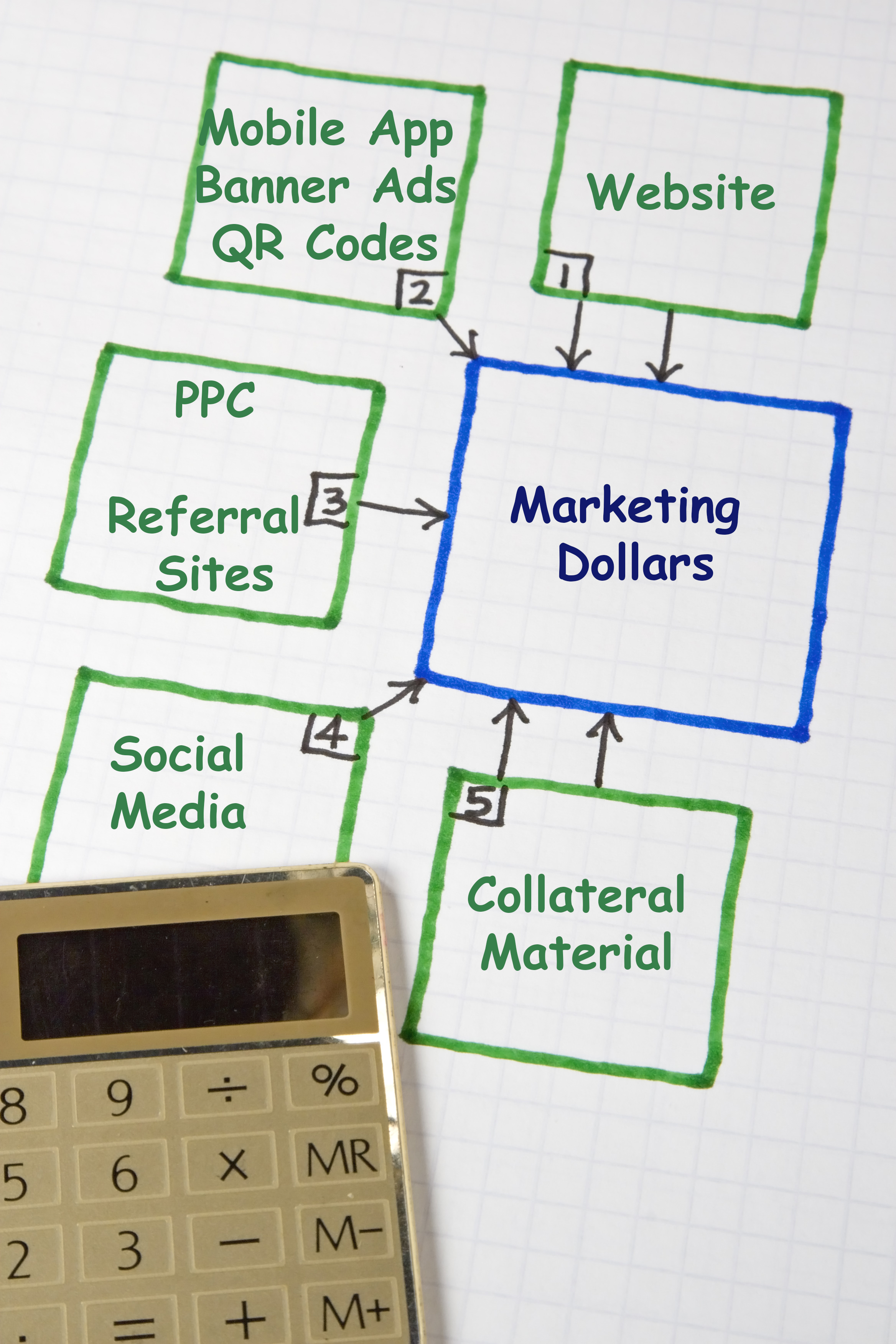 My last post offered suggestions for determining a reasonable marketing budget. Now, I’d like to give you some thoughts on where to effectively allocate those funds.
My last post offered suggestions for determining a reasonable marketing budget. Now, I’d like to give you some thoughts on where to effectively allocate those funds.
I recently spoke with Matt Riley, of Royal Oaks Homes in Raleigh, NC. Matt echoed the key principles when it comes to using marketing dollars to get the best return on investment.
Absolutely at the top of the list should be your website. You need good content that is constantly updated so you not only get the attention of search engines (for SEO), but you also give site visitors a reason to keep coming back.
Matt redesigns Royal Oaks Homes’ builder website every year. Total makeover. “Think of your builder website like a new community or breaking out a new model,” he said.
He populates the site with great content, including an ever-growing library of videos. “If you’re not doing videos, you might as well not be doing anything,” Matt told me. And he’s right. With the ease of creating a video—like a virtual tour or homeowner interview—there’s no excuse for not posting new videos every week.
Also make sure your builder website is designed for use on mobile devices, which is the common first approach. Your website developer can create a mobile app to make it even easier for your customers and prospects to communicate with you.
Make the most of your website investment by using QR codes on your signage and promotional materials. Buyers are savvy enough to know that scanning the QR code (with a free app) directs visitors to the relevant page on your site.
Matt’s second marketing tool is pay per click (PPC) advertising. Drill down the keywords to be as specific as possible. Instead of “new homes”, add the city or county, so that your PPC dollars are generating useful leads in your market area.
Third, use the referral sites like Zillow, Trulia, Realtor.com, and Homes.com. It costs you nothing but time, and your new homes listings will be seen by active homebuyers. Big bang for no buck.
Social media is another under-utilized marketing tool. Facebook, Twitter, Instagram, and Pinterest each offer you an easy way to stay connected with your market segment. In fact, social media is so important that you should hire a professional to maintain your presence on the social media networks, rather than assign the responsibility to a staff person as an administrative duty.
For special events, like grand openings and community awareness campaigns, allocate some money to online banner ads. Not a lot, but don’t overlook this section in your marketing plan.
Gone are the days of printing expensive, glossy brochures. While I agree you need collateral material, use your marketing investment here for digital brochures that can be viewed online—on laptops, iPads, and smartphones. Customers prefer less paper clutter, and you’ll be conserving a valuable natural resource.
And finally, there’s print advertising. Matt Riley says he doesn’t do any print. Period. He doesn’t see an appreciable return on investment in print media.
The most important consideration when planning how to distribute your marketing budget is to be clear on how your customers shop for a new home. Where do they go for information? What are the strongest influences? You need a plan that hits your target from different directions, not just one.
Creating and budgeting for a marketing plan is much more complex than what I have outlined here. Use this as a guideline. I’ll be discussing each marketing opportunity in more detail in future posts.


